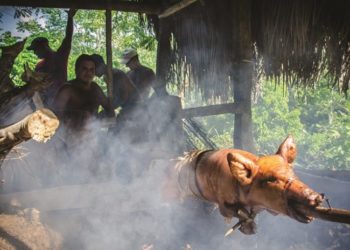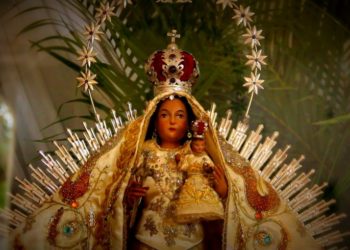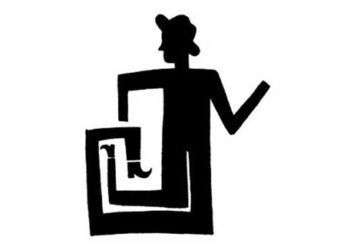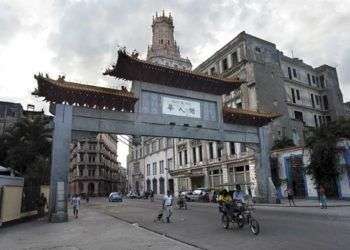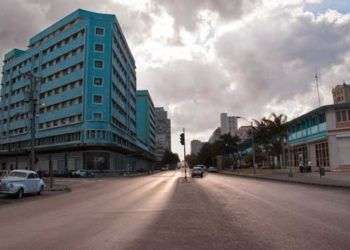Things about Christmas and New Year’s Eve
Christmas Eve supper, and that bucket of water that people throw out the window at midnight on December 31 continue being essential landmarks in the celebration of Christmas and New Year’s Eve in Cuba. Other rites, like cider and the grapes that accompany the last 12 bell strokes of the old year, disappeared for a long time and have returned now as if they had always been maintained, while going out with a suitcase around the block and the rag doll that is burned are striving to spread and to become consolidated when until now they perhaps haven’t been practiced very much. There are timid discounts in the shops and the Christmas tree is a fiesta for all ages. The jubilation increases and the pace of work slows down. There’s a respite in diseases. Those who usually do not drink alcoholic beverages have a drink since it’s just once a year. Congratulation cards are received; they say more or less the same thing: Merry Christmas and a Happy New Year. This is how the birth of Baby Jesus is celebrated. But in Cuba, like in other many countries, the celebration has been debunked and those days have become a pleasant...

